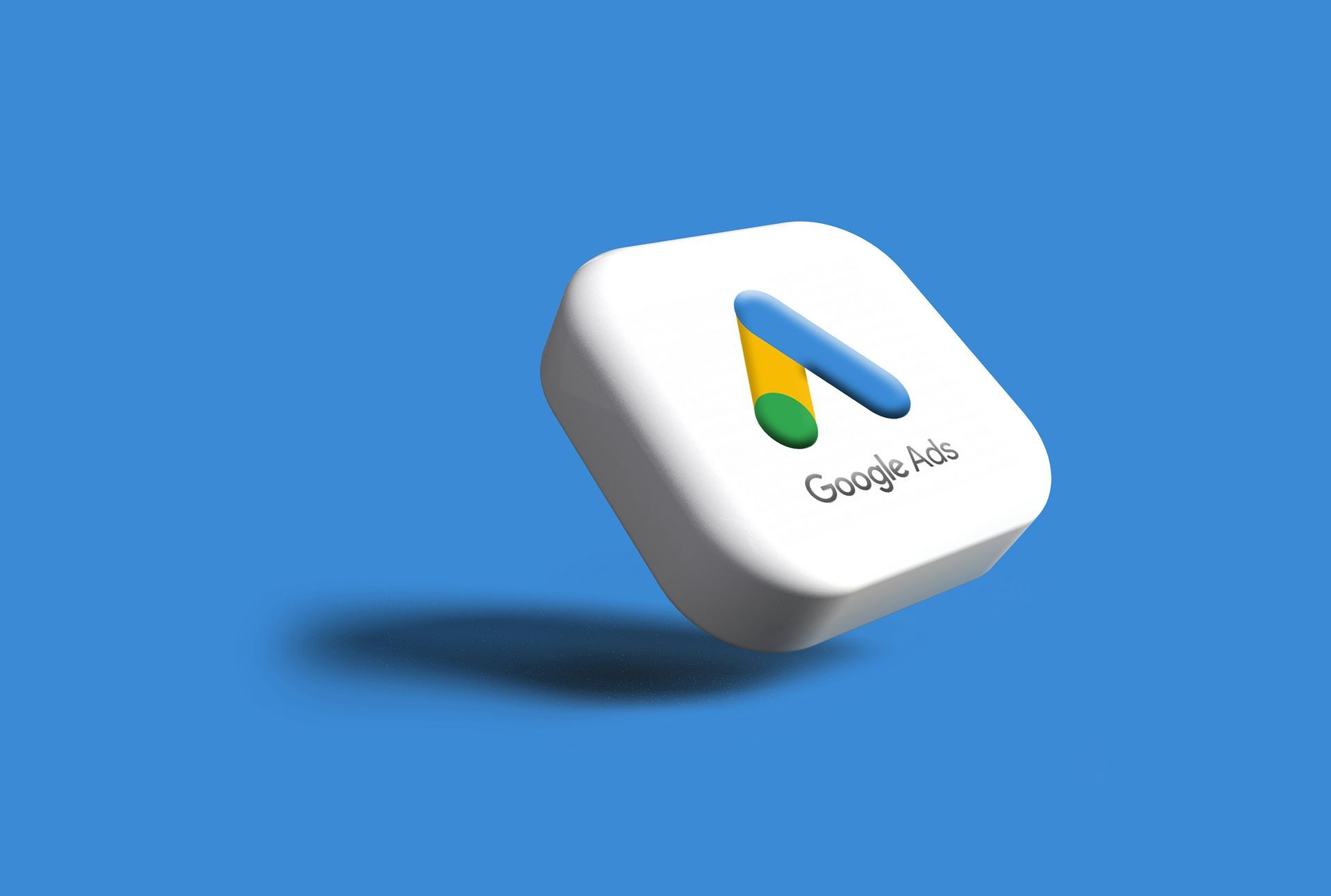Essential Marketing Communication Models: Frameworks for Successful Strategies

Understanding and utilizing the right marketing communication models is crucial for crafting effective strategies that connect with your audience. These models serve as frameworks that help businesses plan, execute, and evaluate their communication efforts. This blog explores essential marketing communication models and how you can use them to enhance your marketing strategy.
What Are Marketing Communication Models?
Marketing communication models provide a structured approach to understanding and implementing effective communication strategies. These models illustrate how messages are created, transmitted, received, and interpreted by audiences.
By leveraging these frameworks, businesses can ensure their messages are clear, engaging, and actionable.
Source: Kotler & Keller, Marketing Management
The Shannon-Weaver Communication Model
Overview
Developed in 1948, the Shannon-Weaver Model is one of the foundational models of communication. It explains the process of sending a message from a sender to a receiver through a channel while considering potential noise or interference.
Key Components
- Sender: The originator of the message
- Encoder: Translates the message into signals
- Channel: The medium through which the message travels
- Noise: Any interference that disrupts communication
- Decoder: Converts the signals back into a message
- Receiver: The intended audience
Application in Marketing
- Clear Messaging: Ensure your message is concise and easy to understand.
- Noise Reduction: Minimize distractions or interference that could confuse your audience (e.g., irrelevant content, technical issues).
- Effective Channels: Choose appropriate communication channels for your target audience.
Source: Shannon, C.E., Weaver, W. (1948). The Mathematical Theory of Communication
The AIDA Model (Attention, Interest, Desire, Action)
Overview
The AIDA Model outlines the stages a consumer goes through during the buying process. It helps marketers craft messages that guide potential customers from awareness to conversion.
Stages of AIDA
- Attention: Capture the audience's attention with compelling headlines or visuals.
- Interest: Generate interest by highlighting benefits or unique features.
- Desire: Create a desire for the product through persuasive arguments or testimonials.
- Action: Encourage the audience to take action (e.g., make a purchase, sign up for a newsletter).
Application in Marketing
- Content Creation: Develop content that moves potential customers through each stage of the AIDA model.
- Call-to-Action (CTA): Include strong CTAs to prompt immediate responses.
Source: Lewis, E. St. Elmo (1898). The AIDA Model
The PESO Model (Paid, Earned, Shared, Owned)
Overview
The PESO Model categorizes marketing channels into four types: Paid, Earned, Shared, and Owned. It helps businesses diversify their communication efforts across multiple platforms.
Components of the PESO Model
- Paid Media: Advertising, sponsored posts, PPC campaigns.
- Earned Media: Public relations, media coverage, influencer mentions.
- Shared Media: Social media engagement, shares, and community interactions.
- Owned Media: Blog posts, website content, newsletters.
Application in Marketing
- Integrated Campaigns: Combine all four media types for a comprehensive marketing approach.
- Content Strategy: Develop content tailored to each type of media.
Source: Spin Sucks (2014). The PESO Model
The DAGMAR Model (Defining Advertising Goals for Measured Advertising Results)
Overview
The DAGMAR Model focuses on setting clear objectives for advertising campaigns and measuring their success. It emphasizes moving consumers through four stages: Awareness, Comprehension, Conviction, and Action.
Stages of DAGMAR
- Awareness: Make potential customers aware of your product or service.
- Comprehension: Ensure they understand what the product does and its benefits.
- Conviction: Convince them of the product’s value.
- Action: Drive them to take action (e.g., purchase, inquiry).
Application in Marketing
- Goal-Setting: Set specific, measurable goals for your campaigns.
- Performance Measurement: Use metrics to evaluate the effectiveness of your ads.
Source: Colley, R.H. (1961). Defining Advertising Goals for Measured Advertising Results
The 7Cs of Communication
Overview
The 7Cs of Communication ensure messages are clear and effective. These principles are:
- Clarity: Be clear and concise.
- Conciseness: Avoid unnecessary details.
- Concreteness: Use specific facts and figures.
- Correctness: Ensure accuracy and professionalism.
- Consideration: Focus on the audience’s needs.
- Courtesy: Be respectful and positive.
- Completeness: Include all necessary information.
Application in Marketing
- Email Campaigns: Craft emails that are clear and concise.
- Content Marketing: Ensure blog posts and social media updates follow the 7Cs for maximum impact.
Source: Bovee, C.L., Thill, J.V. (2012). Business Communication Essentials
How to Choose the Right Model for Your Business
Selecting the right communication model depends on your:
- Marketing Goals (e.g., brand awareness, lead generation, customer engagement).
- Target Audience (e.g., demographics, behavior patterns).
- Communication Channels (e.g., digital, print, social media).
For example:
- Use the AIDA Model for creating persuasive ad campaigns.
- Apply the PESO Model for a well-rounded content distribution strategy.
- Leverage the 7Cs of Communication for crafting clear and effective messages.
Partner with Marcom.eu for Effective Marketing Strategies
At Marcom.eu, we specialize in developing tailored marketing communication strategies that drive results. Whether you need help with:
- SEO to improve your search engine rankings.
- Content Marketing to engage your audience.
- Paid Advertising to boost visibility and conversions.
We’re here to guide you.
Request a free consultation or schedule a demo today: Marcom.eu
Conclusion
An effective marketing communication mix is built on proven models and frameworks. By understanding and applying these essential models, you can create strategies that resonate with your audience and drive business success.
Ready to elevate your marketing? Visit Marcom.eu and let’s get started!
ALL OUR OTHER NEWS:







